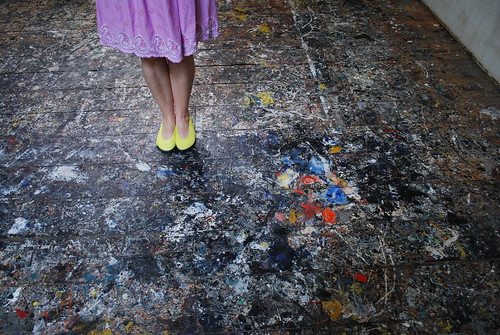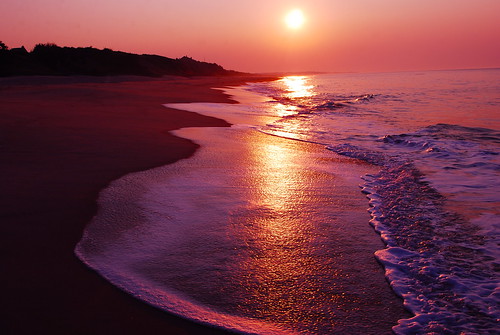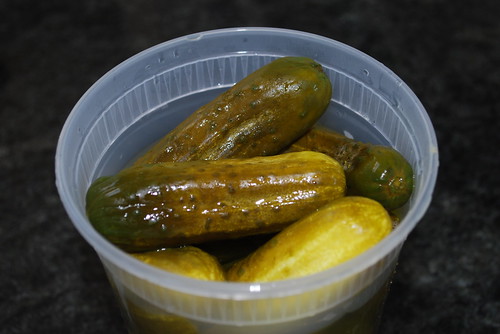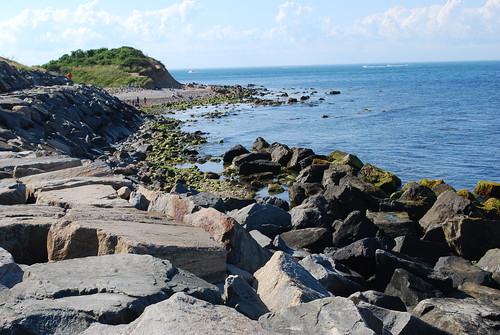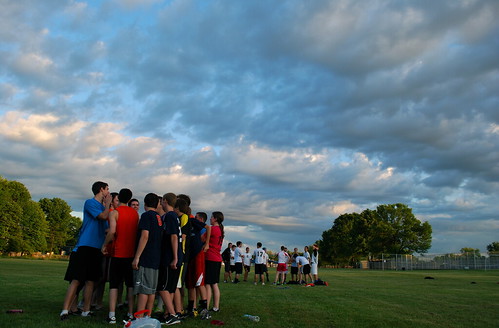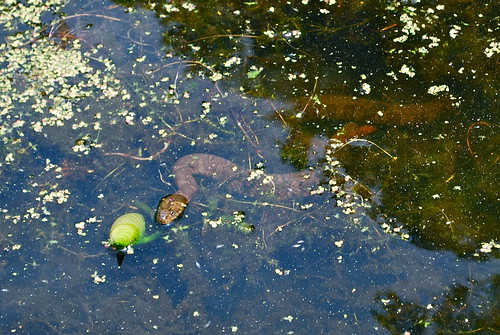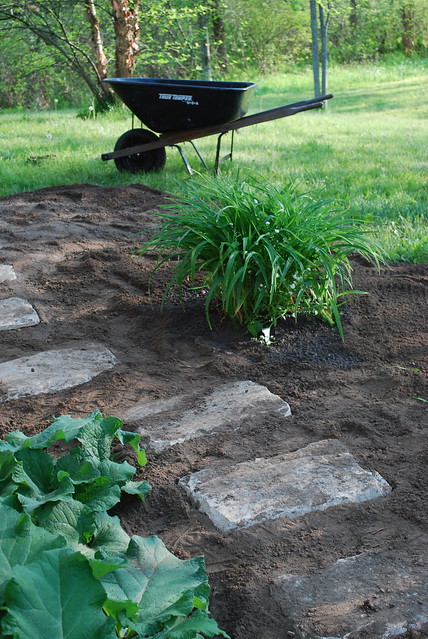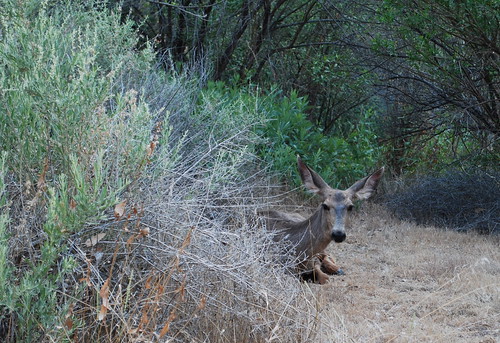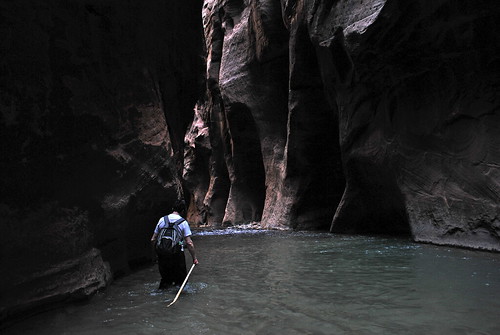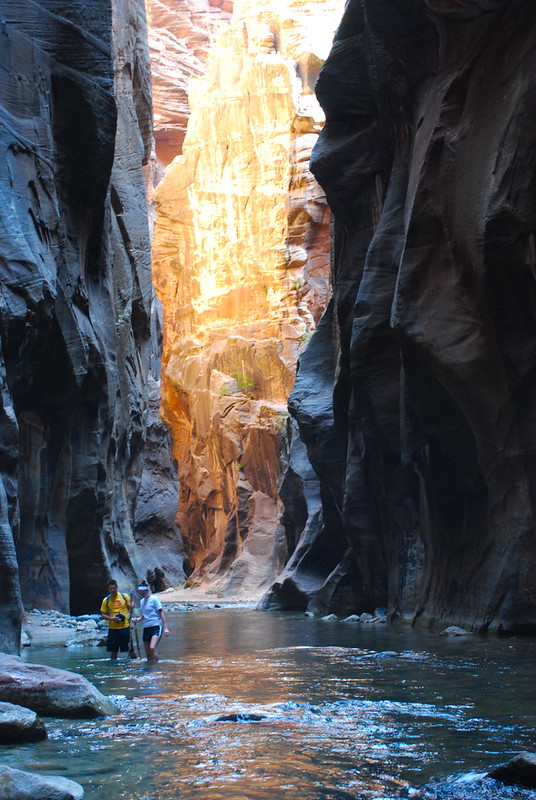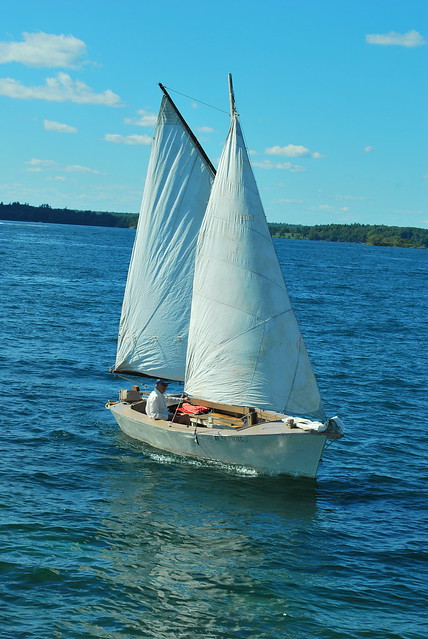
Whenever I meet people who camp on our stretch of the Big River That Runs Between Two Countries, I say, “My father has the wooden gaff-rigged sailboat.” Usually, they give a start of recognition. “I’ve seen him sailing!” The sailboat, which he designed and built himself, is very recognizable. In the early mornings, he’s usually out gliding around, the boat making no noise as it slips through the water, the white sails tall above the cattails. When I'm at camp, I'll get up early to go with him.
But this summer, no one will see that familiar sight. After 26 years and extensive water damage to the hull, my father decided to send the boat “over the breakers.” He spent last weekend sawing it into pieces, cutting it up until the boat was no more.
My father built his first sailboat in the basement of our house back in 1967. I was six. I can remember sitting on the stairs, watching him work. (I always sat in the same spot, on the stairs looking down. I wasn’t allowed to come any closer because of the power tools.) When supper was ready, my mother would come to the top of the stairs and I’d call down to him. At supper, he’d tell us kids stories about the adventures we were going to have on the sailboat. He taught us nautical terms, which he’d mostly gotten from books.
When he needed to bend the wooden boards around the hull, he brought down every lamp in the house to generate enough heat. Once the hull was finished, we had a boat-turning party, complete with food and music. He removed part of the basement wall; then his friends helped him pull the boat out and turn it over. The local newspaper ran a story that made it sound like he’d built the boat in the basement and then realized suddenly he had no way to get it out and knocked out a wall. Even as a little kid, I was angry at the media twist, which I knew was ridiculous. He’d built the house himself, and he knew how to take down part of a wall, which he’d planned to do all along.
All summer, we sailed up on the river. In the spring and fall, my father kept the boat in a marina on the big lake near us. He and I would drive out to take an afternoon or evening sail. Sometimes I’d bring Outdoor Girl with me, or Kindergarten Friend, but often it was just the two of us, sailing for a couple of hours before returning to the dock. We’d stop at an ice cream shop on the way home.
That first sailboat lasted for more than two decades. When the hull became filled with dry rot, my father knew he had to give it up. We had a ceremony, which included me reading aloud entries from the ship’s log, my youngest sister putting daffodils down the forward hatch, and my brother playing taps on his trumpet. Then my father set the boat on fire. We were still busily taking photos in front of the burning boat when someone noticed that the fire had gotten out of control, spreading to a nearby field. The touching ceremony ended with local firefighters hosing down the remains.
That year, my father built a new seventeen-foot wooden sailboat, based on his own design. He used what he had been able to salvage from the old boat: the wooden mast, for instance. I was expecting my first child, and he proposed a race to see which of us would deliver first. The day I was in labor with my daughter, almost exactly 26 years ago, I came over to my parents’ house. The sailboat was on a trailer, and he was raising the mast just to see if everything worked.
My father and I have been known to get into loud arguments. In fact, family members will try to make sure we’re at opposite ends of the picnic table at meal times. But in the thousands of times we sailed together, my father and I never had a fight or even an argument. We sailed in silence sometimes, just listening to the wind or the birds, or we had lazy conversations interrupted by brief comments in the sailboat jargon my father taught me when I was a kid: “Ready about. Hard to lee.” But there’s something about the rhythm of sailing that dictated the conversations be peaceful.
Memorial Day weekend, my father began removing cleats, fittings, and even the nameplate off the boat. There were two strips on the bow of the boat that held the boat’s number. He kept one, and gave me the other. It’s on my desk, propped up under the window, in my line of vision every time I sit down to write.
My father is 81 years old, and he won’t be building another boat. This sailboat was his last.


